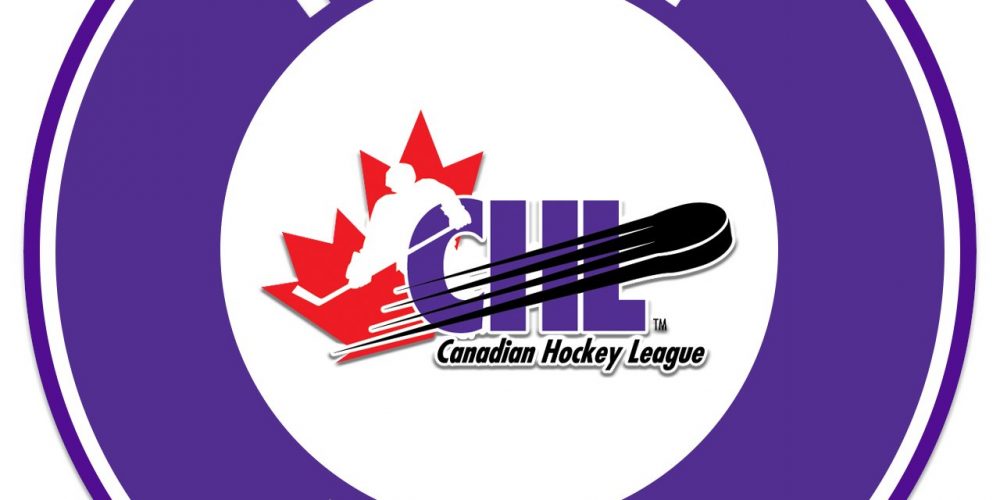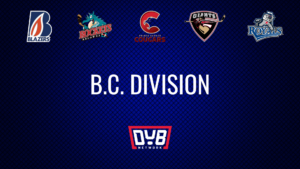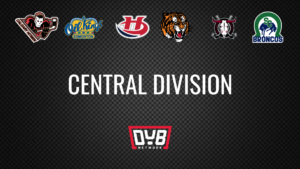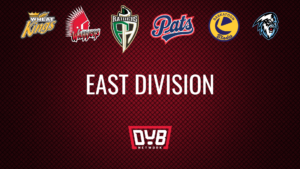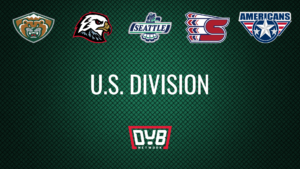PLUS/MINUS The CHL Import Draft
The CHL import draft is like playing Uno.
There are so many different colors (countries), each card has its own unique characteristic (positions) and the wild cards can save you or burn you (will they come to North America or stay home?). There is no playbook for picking players from overseas. And just because you get the first overall pick, doesn’t guarantee a stud who will turn your franchise around.

How Well Do You Know Them
Take Klim Kostin as an example. A highly touted Russian prospect who was selected first overall by the Barrie Colts in the 2016 CHL Import Draft. A big, heavy winger who possessed an attractive offensive upside. He chose to remain in Russia for 2016-17, playing in three divisions of men’s hockey, totaling two points, in 18 games. 2017-18 saw him come to North America and jump directly into the AHL.
It was his famously childish antics at the 2018-19 world juniors that showed the immaturity that a 19-year-old desperately needed. After losing to the United States in the semi-finals, he tossed his helmet and yelled expletives into the crowd at Rogers Arena, in Vancouver. His lack of discipline and trouble finding the North American game, saw him loaned back to the KHL last season, with his NHL future in question.
So, what does all this mean?
Players like Leon Draisaitl, who was taken 2nd overall by the Prince Albert Raiders way back in 2012, crafted his game on the smaller North American ice. Learning to use his size to create space, working the puck down low for scoring chances, and being put in all situations to become a leader. Sure, he’s credited with hard work and having natural ability, however, he is a success story all because he was sent back to junior during his first pro season and helped the Kelowna Rockets to a WHL title. He is now the all-time greatest German-born hockey player in NHL history, and he’s only 25 years old.
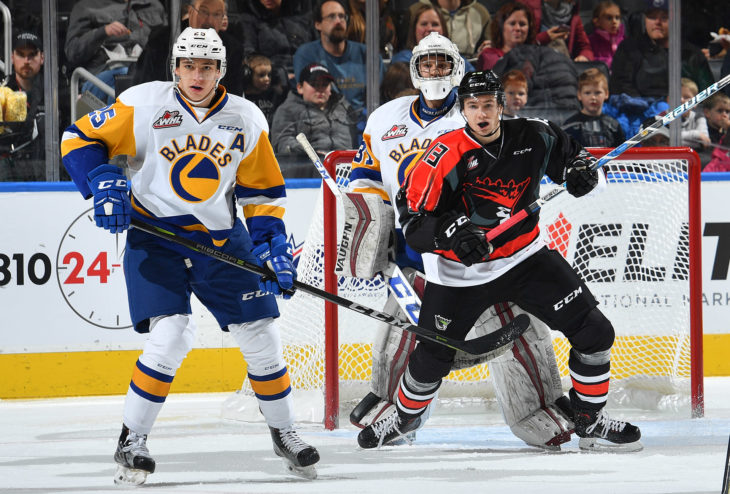
What Have You Done For Me Lately
That brings us to the Blades and their history of Import Drafts. The Blades have had some successes and some duds. Recent memory has us remembering Libor Hajek, the Czech-born defender who was a stalwart for the Blades from 2015-2018. He is currently tracking to be a regular blueliner for the NY Rangers. Arguably the Blades’ best import of all time was goaltender Andrey Makarov. He still holds the Blades record for most shutouts in a single season (seven) and career with nine. The Russian native also won top goaltender at the 2013 Memorial Cup, the last time the Blades hosted.
The duds list starts and ends with one name. Zdenek Bahensky. If that name doesn’t ring a bell, there’s a reason why. Bahensky was selected first overall by the Blades in the 2006 import draft. Here’s the rub. He did put up a couple of decent seasons. 31 and 55 points respectively and the team made the playoffs both years. You may want to sit down for the next series of names available that year. Andrej Sekera, David Krejci and Alexander Radulov. All three reported to their CHL teams, and all had very productive junior seasons. I’m certain I don’t have to mention their lengthy pro careers.
Belarus makes it 2-1 with a goal from – who else – Mr. Flashy Danila Klimovich. But full credit to Kuzmin for a great PP quarterback effort and Yegor Sidorov for the pass. #U18Worlds pic.twitter.com/AwBxW63KLq
— Steven Ellis (@StevenEllisTHN) April 26, 2021
Where Do We Go From Here
The 2021 import draft provided the Blades a sense of hope. The next player they can help develop into a productive player, a mature teammate, and maybe even one day, a pro hockey player. The Blades used both selections to help bolster and deepen their forward depth. Inking both players to WHL standard player agreements over the last few weeks.
Belarusian forward Yegor Sidorov was selected 20th overall. Coming off an impressive performance at last year’s under-18 world juniors, he will be the first Belarusian to suit up for the Blades. Also selected in the second round, was German-born forward Moritz Elias. The 2004-born Elias spent time in the DEL playing with the Nurnberg Ice Tigers. The DEL is a professional men’s league that houses many former NHL players. Elias is hoping to follow in the footsteps of his countryman, Leon Draisaitl.
Time is the great equalizer when determining the value of the import draft. Rarely do players from overseas come over and immediately dominate. The North American style is aggressive, close-checking, and fast. It takes time for both players and coaches to find the right fit. The right situations. To see if they are indeed that wild card that saves you or the one that burns you.

